Exotic reptiles have captivated the human imagination for centuries, with their prehistoric appearance, unique behaviors, and often striking colors. In recent decades, keeping these fascinating creatures as pets has grown increasingly popular. However, the financial reality of providing proper care for these specialized animals often comes as a shock to unprepared owners. From initial setup costs to ongoing expenses, the investment required to keep an exotic reptile healthy and thriving extends far beyond the purchase price of the animal itself. This comprehensive guide explores the true cost of responsible exotic reptile ownership, helping potential and current owners understand what it truly takes to keep these remarkable animals happy.
The Initial Investment: Purchase Price Range

The cost of acquiring an exotic reptile varies dramatically depending on species, morph (color variation), age, and rarity. Common species like leopard geckos or corn snakes may start around $30-50 for basic morphs, while rare ball python morphs can command prices upwards of $5,000. Species like green iguanas might seem affordable at $20-50, but this deceptively low entry price often leads to abandonment when owners realize the substantial costs of proper care. Endangered or highly specialized species like certain monitor lizards, chameleons, or rare tortoises can cost anywhere from several hundred to several thousand dollars. It’s crucial to understand that the purchase price represents just a fraction of the lifetime investment required for proper care.
Enclosure Expenses: Beyond the Basic Tank

Proper housing for exotic reptiles typically represents the largest initial expense for new owners. A suitable enclosure for most medium-sized species starts around $150-300 for basic setups, but larger or specialized species require investments of $500-1,000 or more. Custom-built enclosures for large species like monitors, iguanas, or certain tortoises can cost several thousand dollars. The enclosure must provide adequate space for the animal’s adult size, not just its juvenile dimensions—a common and costly mistake made by unprepared owners. Materials matter significantly: while glass terrariums work for some species, others require specialized PVC, wood, or mesh enclosures to maintain proper humidity, ventilation, and security, adding to the overall expense.
Climate Control: The Hidden Cost of Heat and Humidity
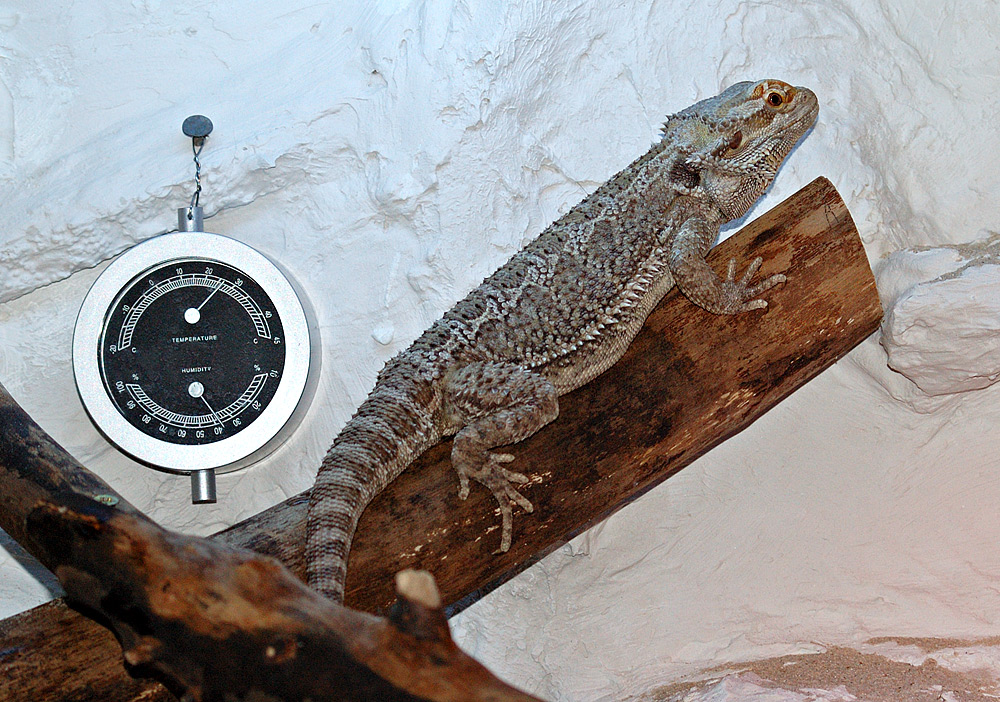
Reptiles are ectothermic, meaning they rely on external heat sources to regulate their body temperature and metabolic functions. Creating and maintaining proper temperature gradients requires specialized equipment, including heat lamps, ceramic heat emitters, under-tank heaters, and thermostats, which collectively can cost $100-300 initially. These heating elements consume electricity continuously, adding approximately $10-50 monthly to utility bills depending on the species’ requirements and local electricity rates. Humidity requirements present additional challenges and expenses, with species from tropical environments often requiring misting systems ($50-200), foggers ($30-100), or humidifiers ($40-150). The costs compound when considering the need to replace heat bulbs every 6-12 months and occasional equipment failures that necessitate immediate replacement to prevent health emergencies.
Lighting Requirements: More Than Just Brightness
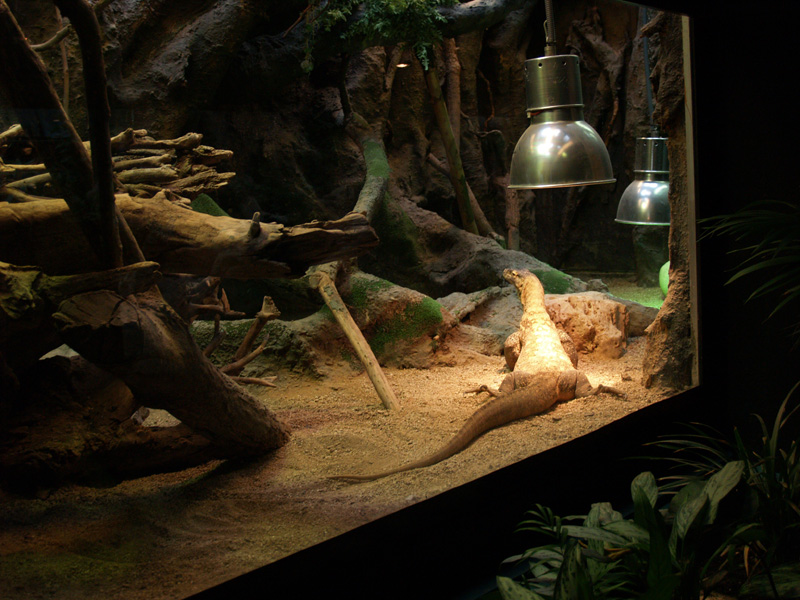
Proper lighting represents a critical and often underestimated expense in reptile care. Many species require UVB lighting to synthesize vitamin D3, which is essential for calcium metabolism and overall health. Quality UVB fixtures range from $40-100, with replacement bulbs costing $20-50 every 6-12 months, as the UVB output diminishes over time even when the bulb appears functional. Specialized day/night lighting systems to maintain natural circadian rhythms add another $30-80 to initial costs. Some species benefit from additional specialized lighting such as UVA or full-spectrum fixtures, which can add another $50-150 to the setup. The electricity consumption from these lighting systems contributes to ongoing utility costs, typically adding another $5-20 monthly depending on the setup complexity.
Substrate and Decoration: Natural Habitat Recreation
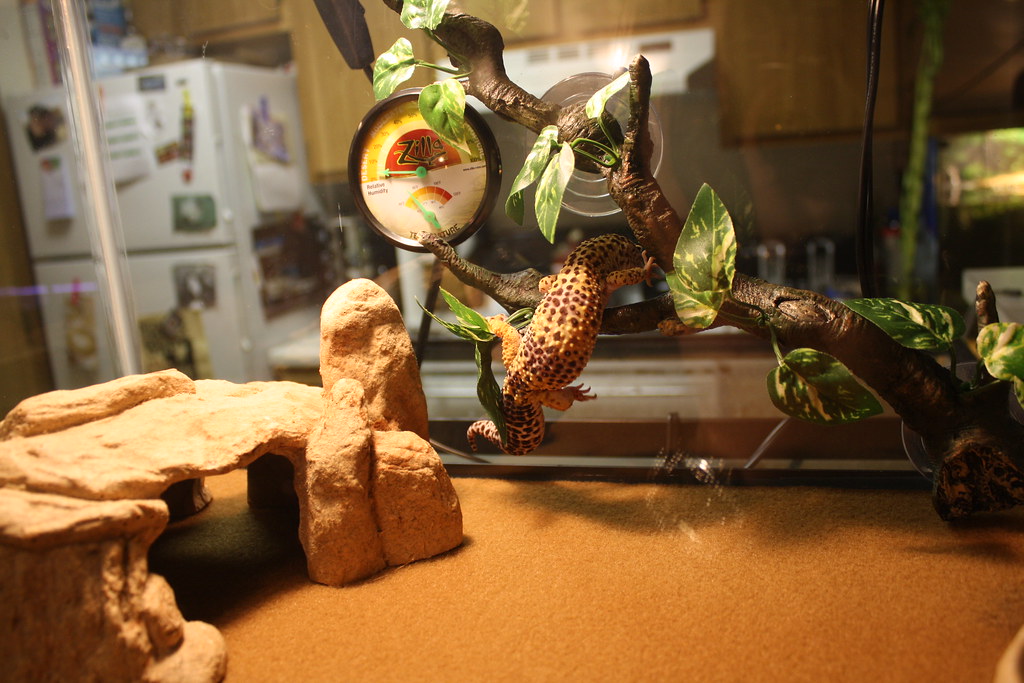
Creating a naturalistic and enriching habitat requires appropriate substrate and environmental elements that mimic a reptile’s native environment. Suitable substrates vary widely by species—from reptile carpet ($15-30) and newspaper to specialized bioactive soil mixes ($40-100 per enclosure)—and typically need regular replacement, creating an ongoing expense of $50-200 annually. Habitat enrichment items such as hiding spots, climbing branches, basking platforms, and artificial or live plants collectively add $100-300 to initial setup costs.
For bioactive setups that include live plants and cleanup crews of insects, the initial investment increases by $100-200 but can reduce long-term maintenance costs. Larger species or naturalistic setups require more extensive decorations, with some elaborate enclosures incorporating water features, multiple climbing levels, or specialized backgrounds costing $300-500 or more.
Dietary Needs: Specialized Nutrition

Feeding an exotic reptile properly often requires specialized diets that can represent a significant ongoing expense. Insectivorous species like certain geckos and bearded dragons require regular purchases of crickets, dubia roaches, mealworms, or other live prey, costing approximately $20-50 monthly depending on the reptile’s size and appetite. Herbivorous species like iguanas and tortoises need varied fresh vegetables and specialized commercial foods, averaging $30-80 monthly.
Carnivorous reptiles such as most snakes require appropriately-sized rodents (frozen-thawed for safety), with costs ranging from $10-40 monthly for smaller species to $50-100+ for larger snakes. Additional nutrition costs include calcium supplements, vitamin powders, and gut-loading foods for feeder insects, which add another $10-20 monthly to ensure proper nutrition and prevent metabolic bone disease and other health problems.
Veterinary Care: Specialized Exotic Medicine

Access to qualified reptile veterinarians represents both a critical necessity and a significant expense for responsible ownership. Initial wellness exams range from $50-100, with additional costs for parasite screenings ($30-80) and baseline blood work ($100-250). Exotic veterinary care typically costs 30-50% more than traditional pet care due to specialized training and equipment requirements. Emergency treatments for common issues like respiratory infections, egg binding, or impactions can quickly reach $300-800 per incident. More serious health issues requiring surgery, hospitalization, or extended treatment protocols can cost $1,000-3,000 or more. Geographic location significantly impacts these costs, with rural areas often lacking qualified exotic veterinarians entirely, potentially adding travel expenses or even necessitating overnight stays for specialized care.
Equipment Maintenance and Replacement

The specialized equipment required for reptile keeping requires regular maintenance and occasional replacement, creating ongoing costs that many new owners fail to anticipate. Thermostats and heating elements typically need replacement every 2-5 years, representing a recurring cost of $50-150. UVB bulbs must be replaced every 6-12 months even when they still emit visible light, as their UVB output diminishes over time, adding $40-100 annually. Humidity and temperature monitoring equipment may need calibration or replacement every 1-3 years, costing $20-80 per replacement. Filter systems for semi-aquatic species require regular media changes and occasional pump replacements, adding $60-150 annually. These maintenance costs can quickly accumulate, with most serious keepers budgeting $200-500 annually for equipment maintenance and replacement.
Electricity Consumption: The Continuous Cost
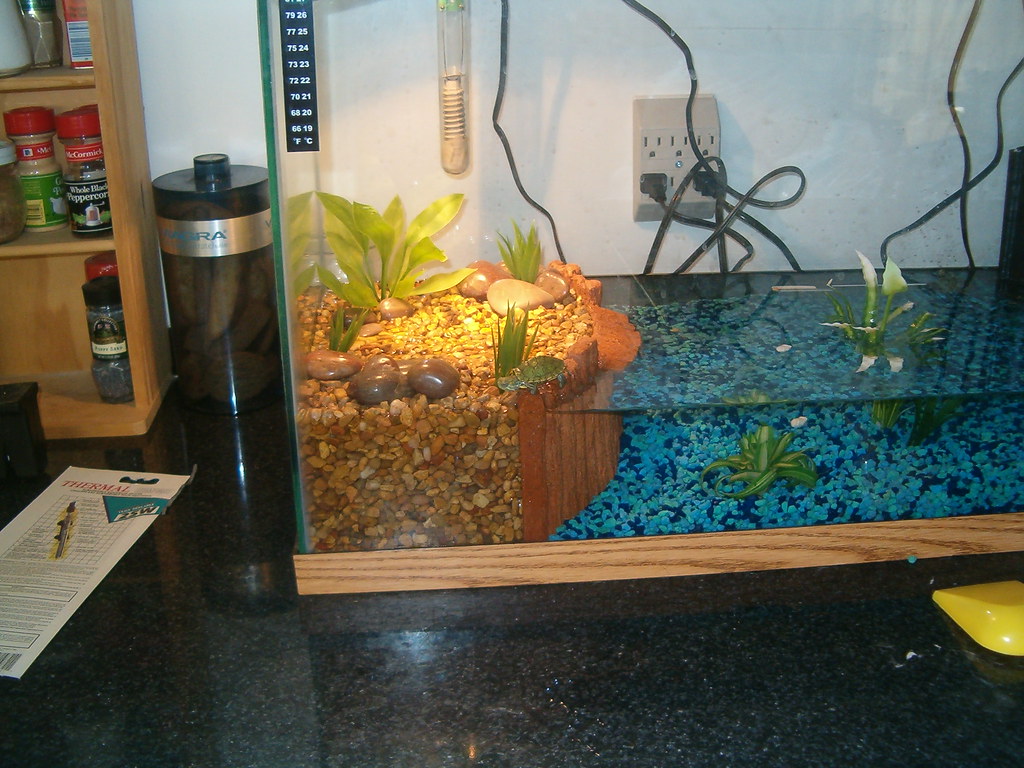
The continuous operation of heating, lighting, and filtration systems creates a substantial impact on monthly utility bills that new owners often underestimate. A typical setup for a medium-sized reptile increases electricity costs by approximately $20-40 monthly, while larger or multiple enclosures can add $50-100+ to monthly bills. Species from tropical environments requiring higher ambient temperatures generate higher electricity costs, particularly in cooler climates where heating must compensate for lower room temperatures. Seasonal variations can significantly impact costs, with winter months typically requiring more energy for heating in most geographic locations. Advanced keepers often install dedicated electrical circuits or backup power systems for particularly sensitive species, adding further to both initial and ongoing costs.
Species-Specific Special Requirements
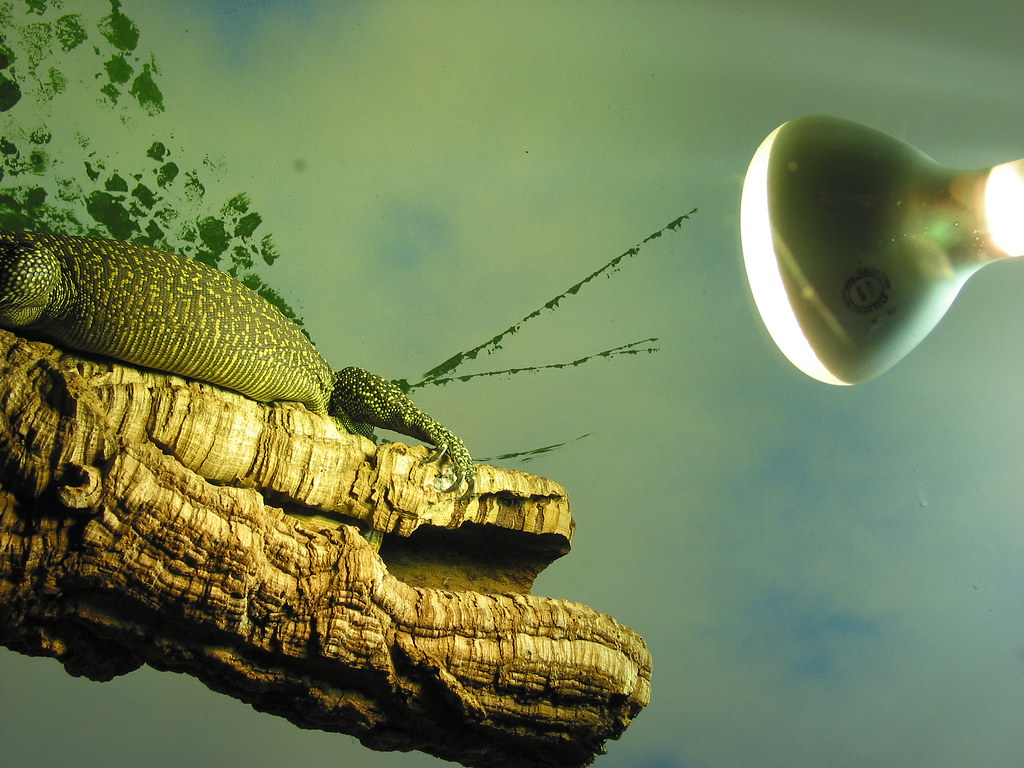
Certain species have highly specialized care requirements that substantially increase ownership costs. Chameleons typically require screen enclosures with extensive misting systems or drip installations costing $200-400 initially, plus ongoing maintenance. Aquatic or semi-aquatic species like certain turtles need powerful filtration systems ($100-300), regular water testing equipment ($30-80), and water conditioners ($10-20 monthly). Some specialized feeders for insectivorous species may require breeding colonies of insects, adding setup costs of $50-150 and ongoing maintenance. Green iguanas and certain monitors grow to sizes requiring room-sized enclosures with specialized climbing structures and reinforcement, potentially costing $1,000-3,000 to construct properly. Understanding these species-specific requirements before acquisition is essential for financial planning and responsible ownership.
Lifespan Considerations: The Long-Term Commitment
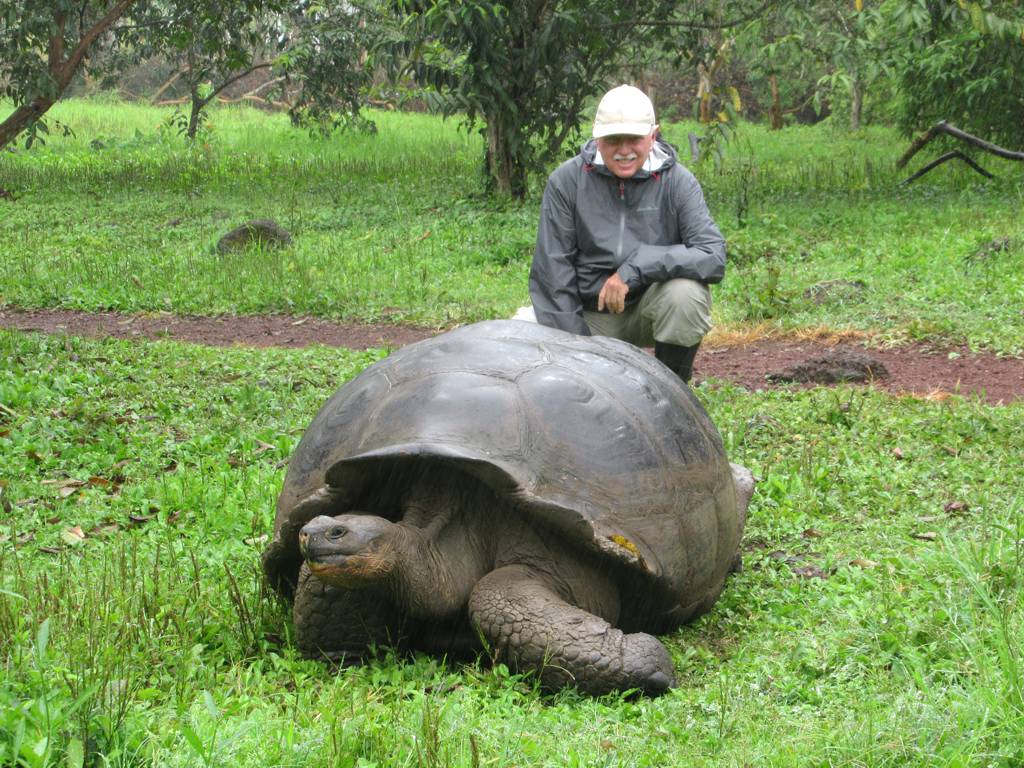
Many reptile species have remarkably long lifespans, creating financial commitments that extend for decades. Common pet tortoises can live 50-100+ years, creating multi-generational financial responsibilities. Medium-sized species like bearded dragons (8-12 years), ball pythons (20-30 years), and leopard geckos (15-20 years) represent significant long-term investments even with modest monthly care costs. Over a reptile’s lifetime, even basic care for smaller species typically costs $10,000-15,000, while larger or more specialized species can easily exceed $25,000-50,000 in lifetime care expenses. These extended lifespans mean owners must consider not only current financial capabilities but also future stability when choosing an appropriate species.
Emergency Preparedness: Financial Safety Nets
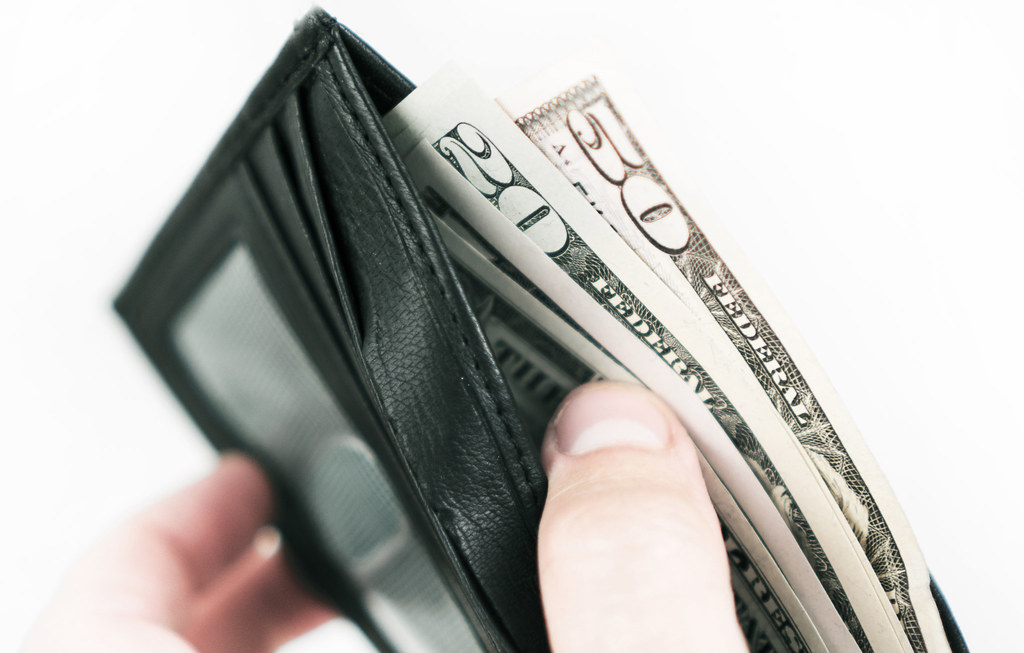
Responsible reptile keeping requires financial preparation for emergencies that can arise suddenly and demand immediate attention. Experts recommend maintaining an emergency fund of at least $500-1,000 for smaller species and $1,500-3,000 for larger or more specialized reptiles. Power outages represent a particular threat to temperature-dependent species, making backup heating solutions like battery-operated heat packs ($20-50) or generators ($300-1,000+) essential investments in many climates.
Evacuation equipment including secure temporary enclosures ($30-100) and portable heating/lighting systems ($50-150) represents another prudent investment, particularly in disaster-prone regions. For particularly valuable or sensitive species, some owners invest in monitoring systems that alert them to temperature or humidity fluctuations when away from home, adding $100-300 to setup costs but potentially preventing catastrophic losses.
The Hidden Costs of Experience
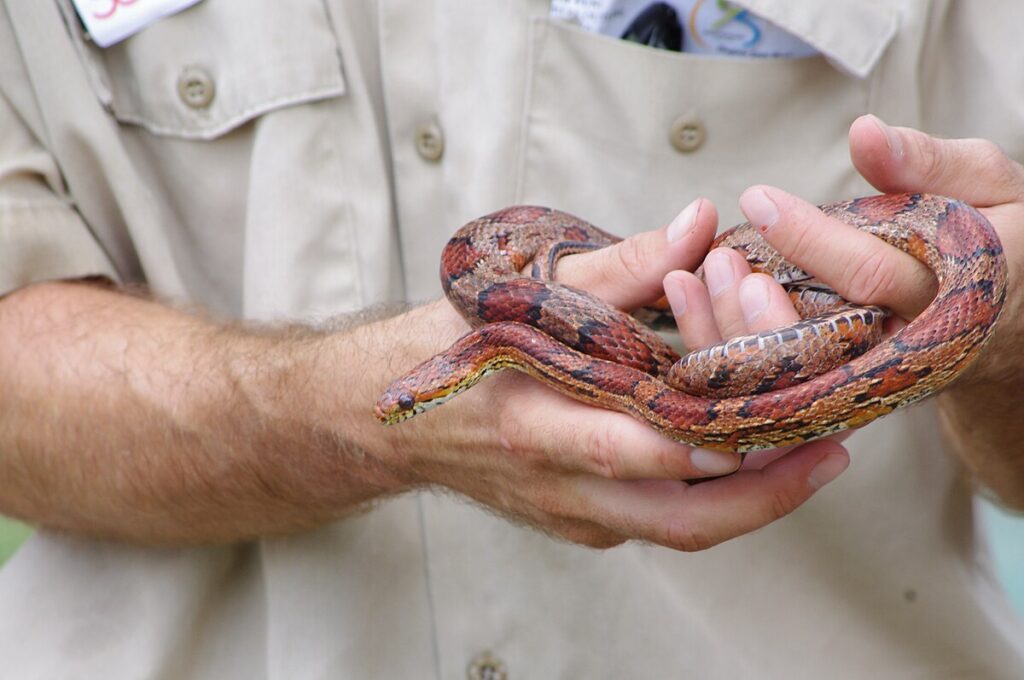
Perhaps the most overlooked expense in exotic reptile keeping is the inevitable learning curve that often results in financial missteps. Many new keepers purchase inappropriate equipment based on inadequate research or poor advice, leading to expensive replacements when they discover their mistake. The common progression from smaller, inadequate enclosures to properly-sized habitats represents a significant avoidable expense that particularly impacts owners of species with substantial growth potential.
Well-intentioned but misguided attempts at economy often result in greater expenses through equipment failure, inadequate heating or lighting leading to health problems, or poor nutrition causing long-term health issues with expensive veterinary consequences. These experience-based costs can be partially mitigated through thorough research and connecting with experienced mentors before making significant purchases, potentially saving hundreds or even thousands of dollars over a reptile’s lifetime.
Conclusion: The True Value of Proper Care

The financial reality of keeping exotic reptiles properly extends far beyond the animal’s purchase price, with initial setups typically costing 5-10 times the animal’s acquisition cost and ongoing care representing a significant monthly commitment. Responsible ownership requires honest assessment of one’s financial capacity to provide appropriate care not just initially, but throughout the animal’s potentially lengthy lifespan. Despite these costs, many keepers find tremendous value in the relationship with these fascinating creatures, considering the expenses a worthwhile investment in the animal’s wellbeing and their own enrichment through the keeping experience. By understanding and planning for these expenses realistically, potential owners can make informed decisions that benefit both themselves and the remarkable reptiles they choose to bring into their homes, ensuring these ancient creatures receive the specialized care they require to truly thrive in captivity.

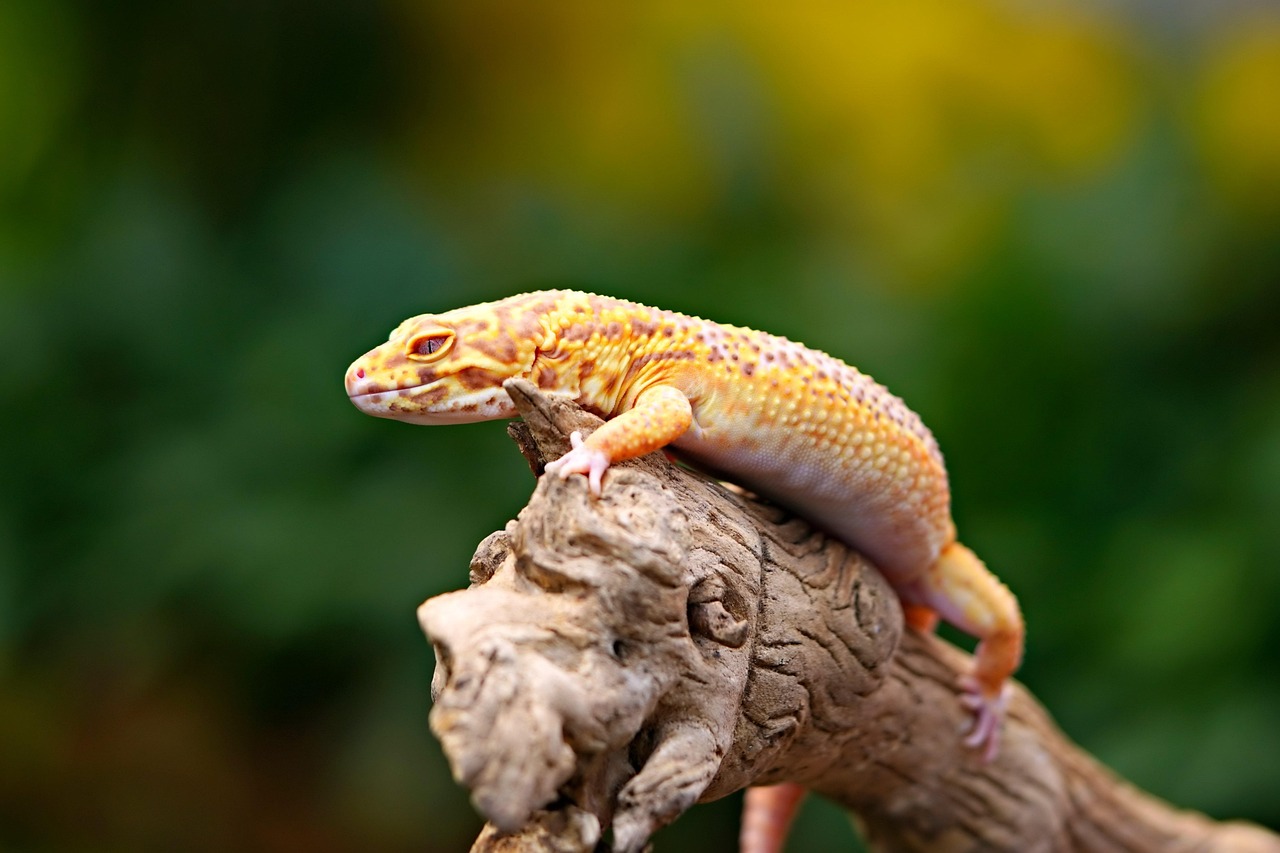
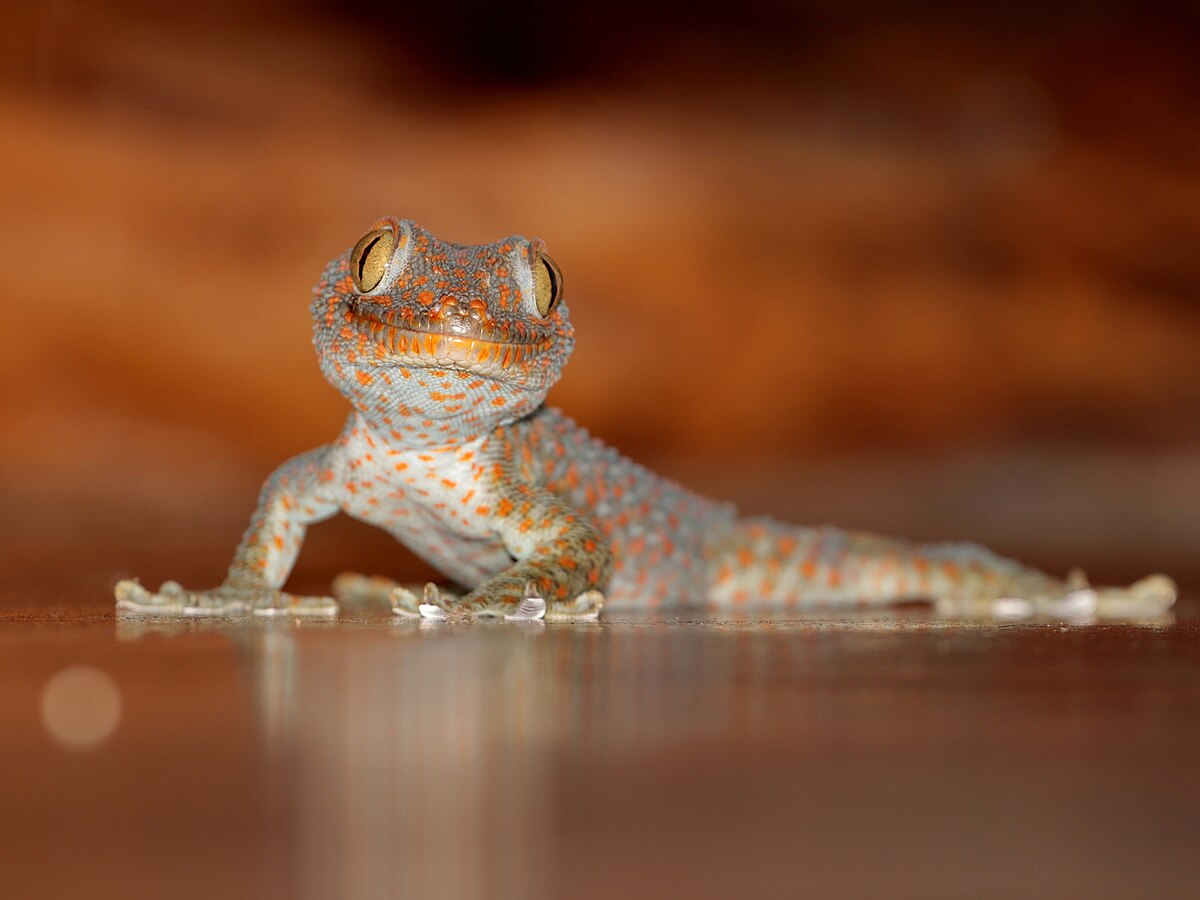
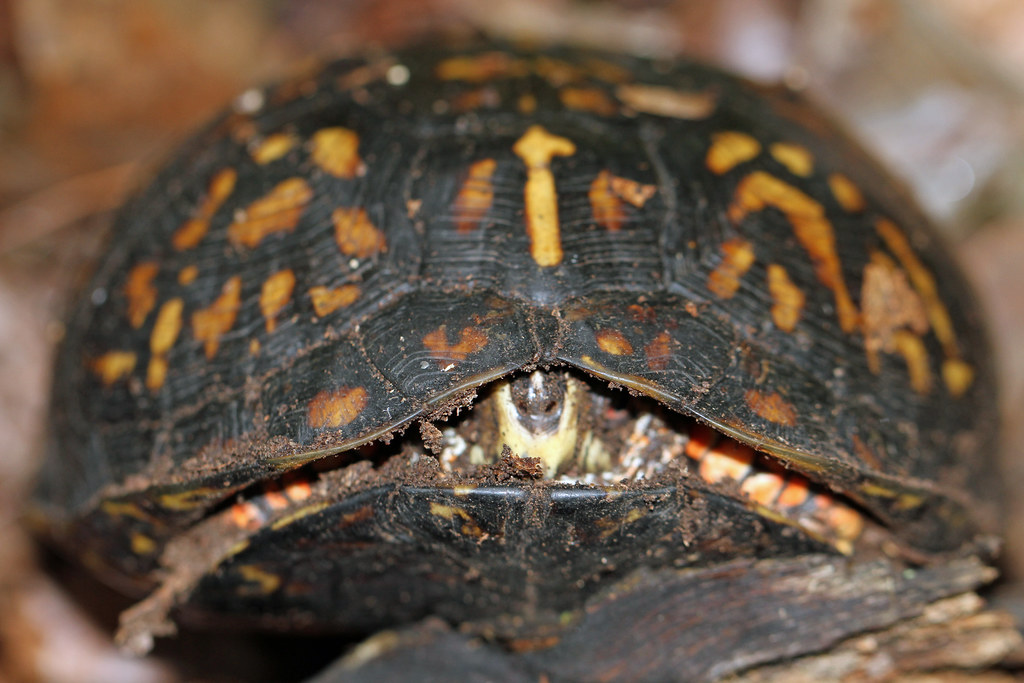
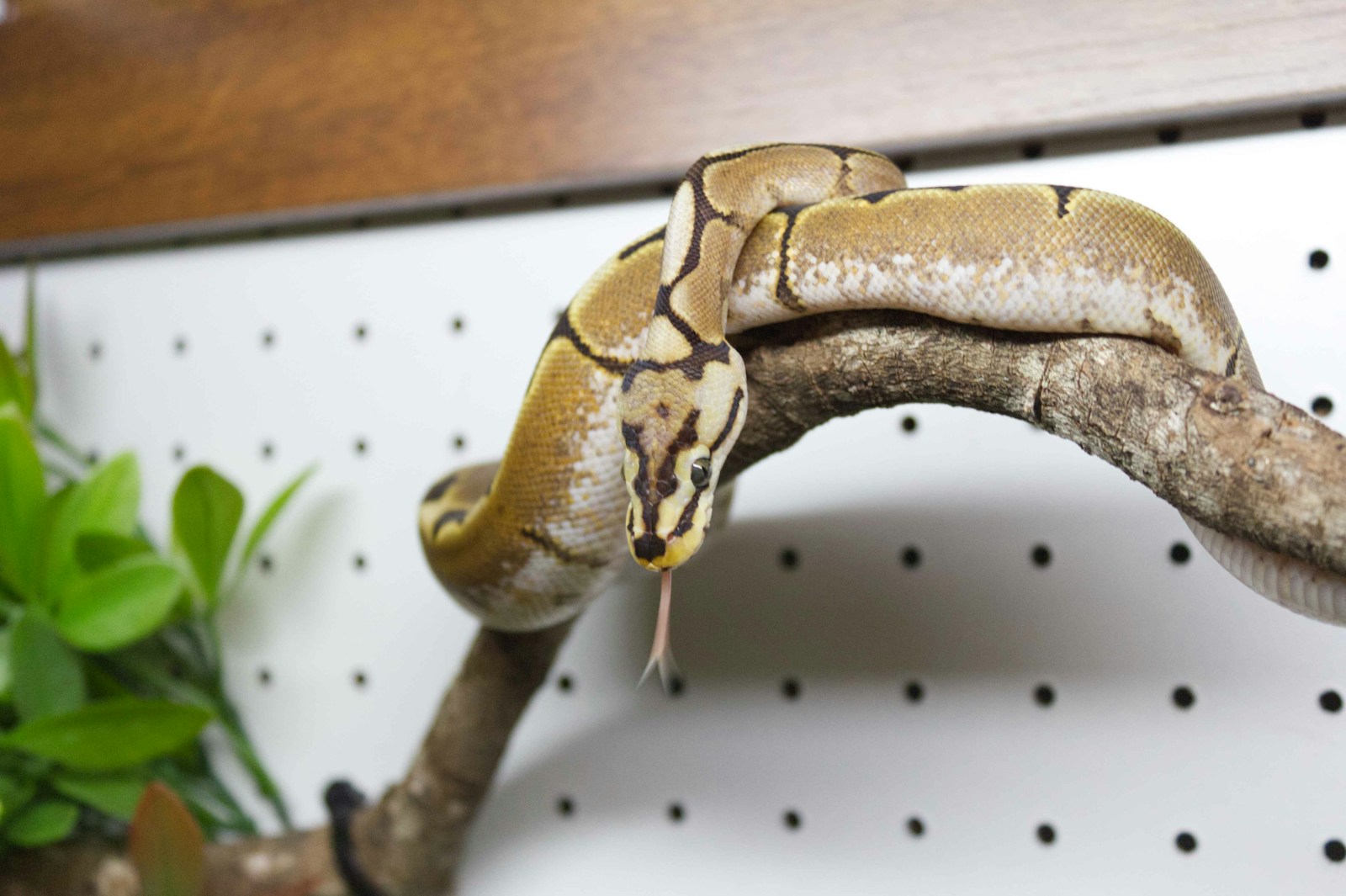
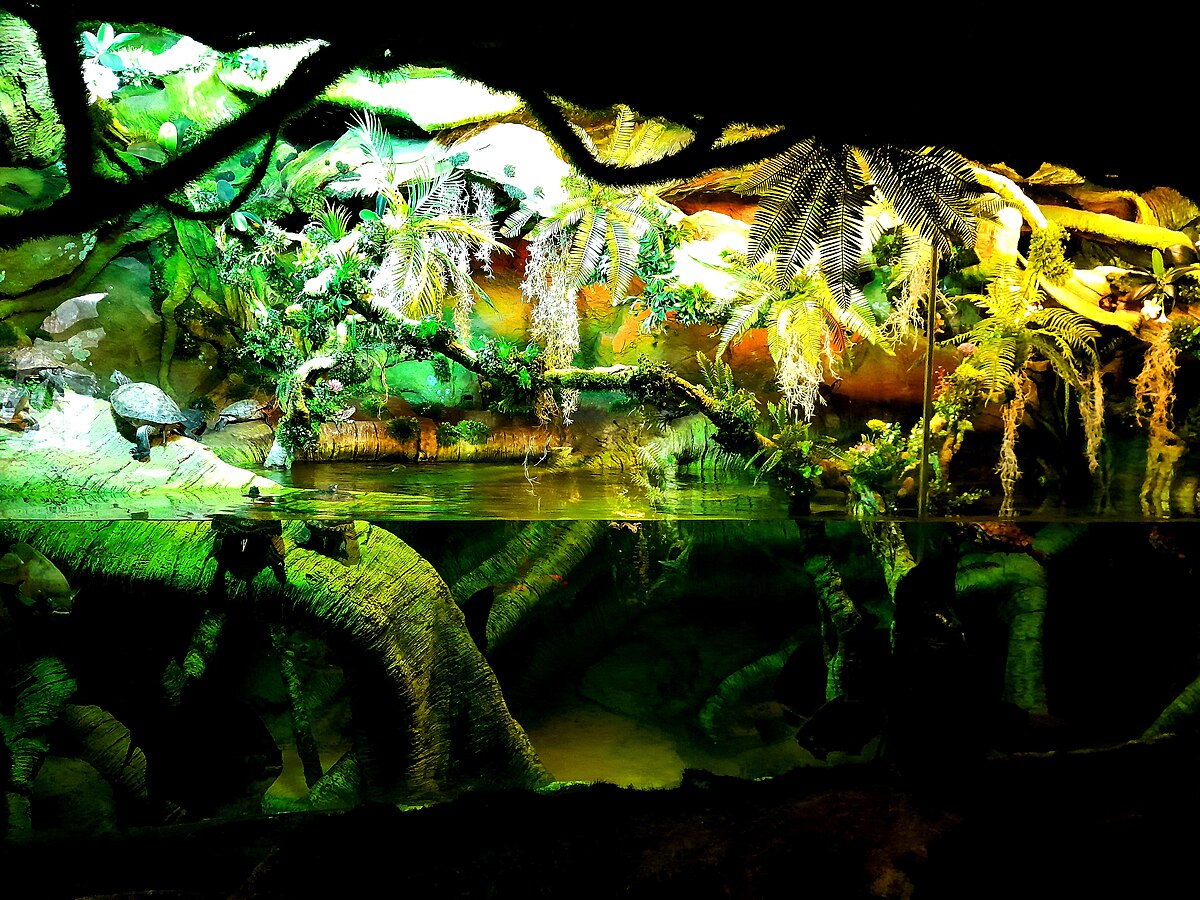


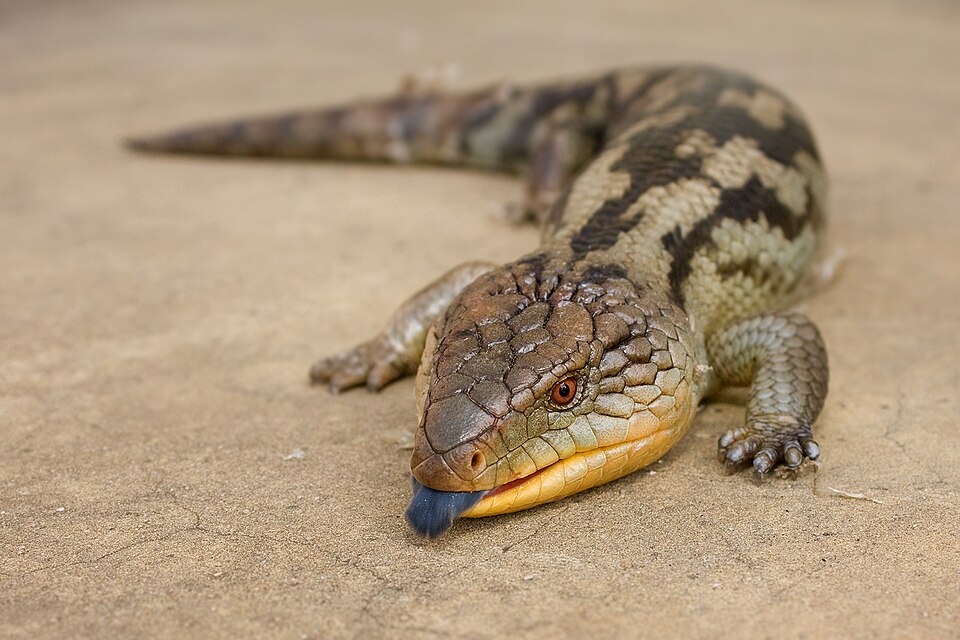
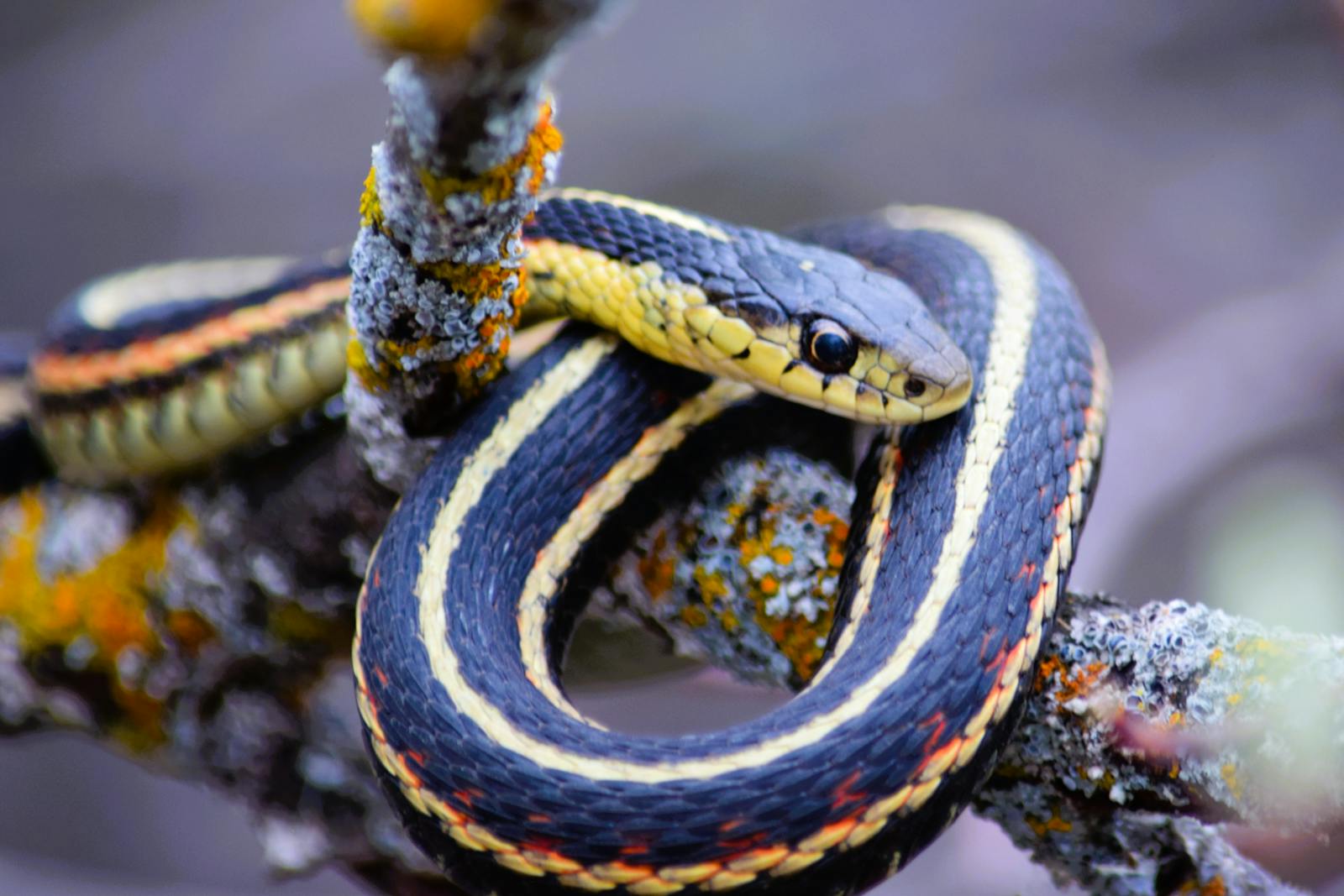

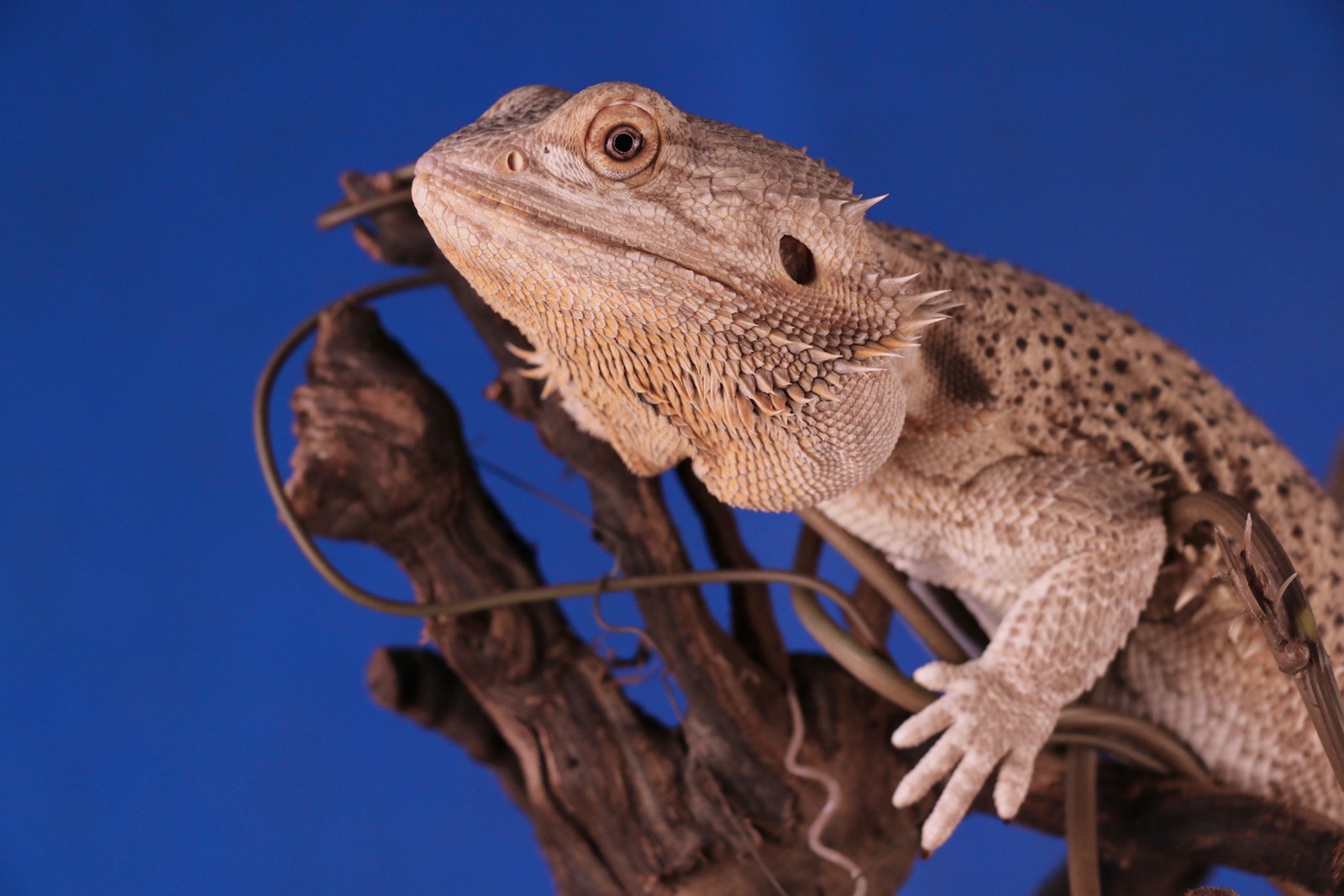
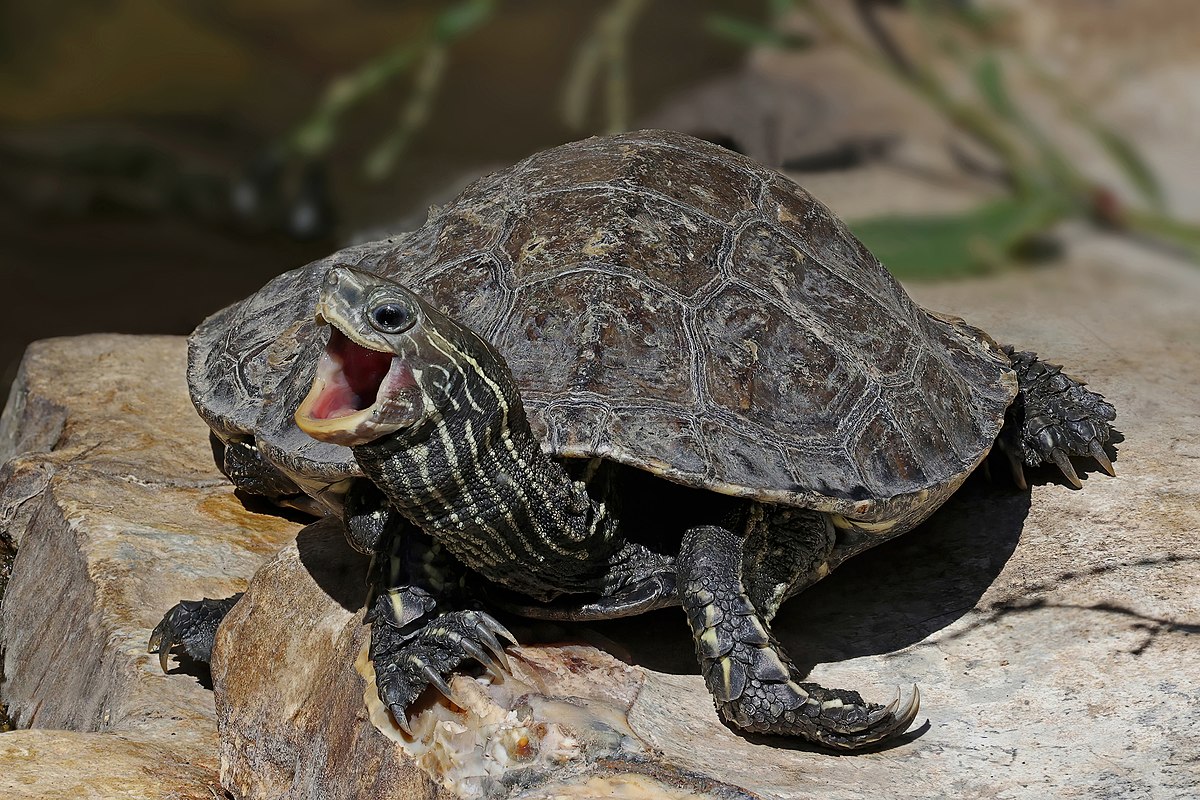
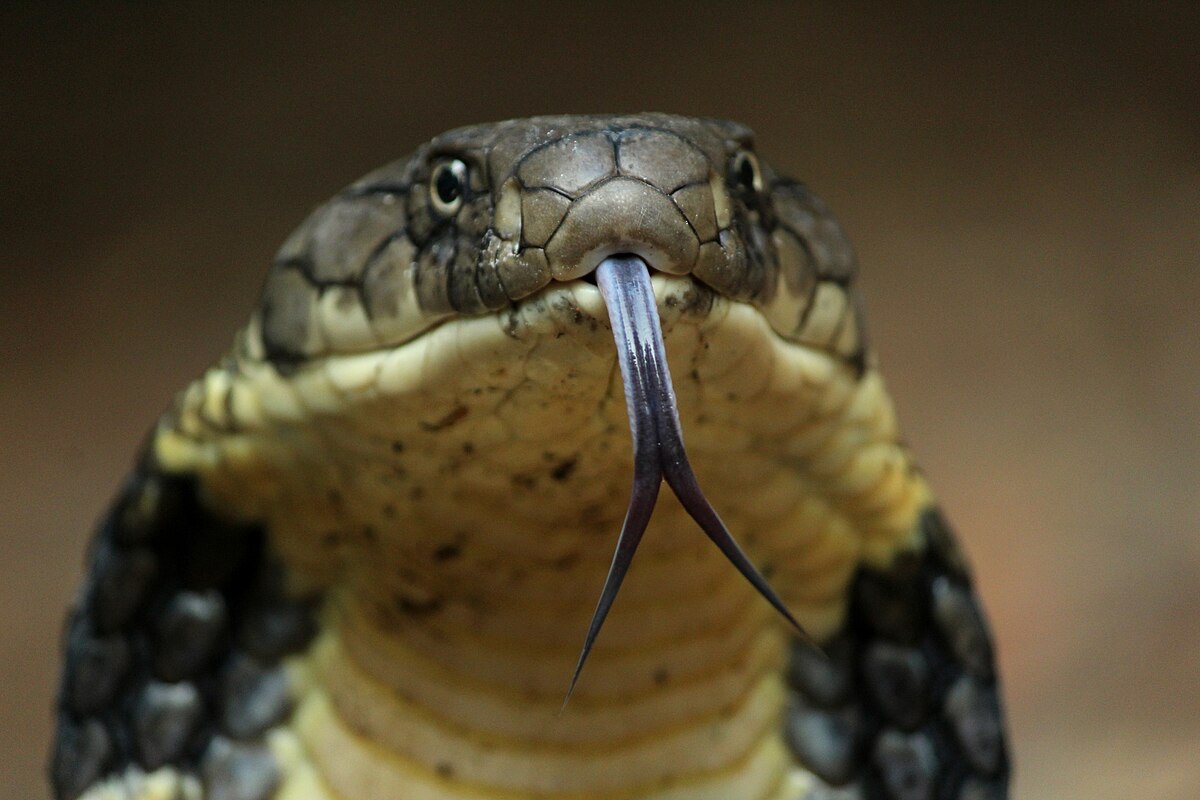
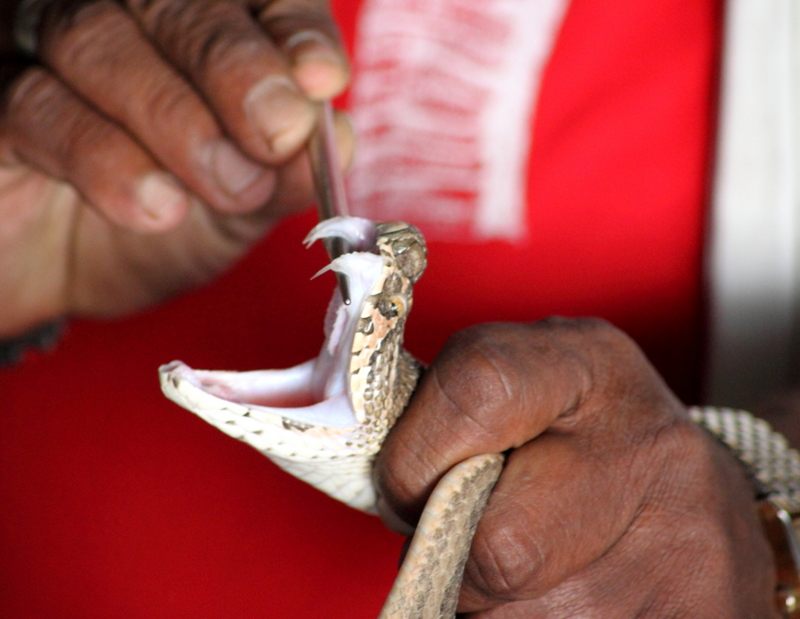
Leave a Reply